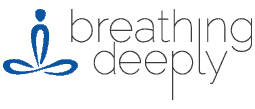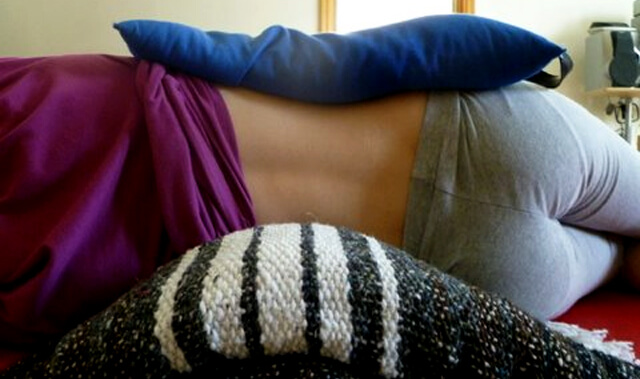 There has been so much news this year on the raging opioid epidemic in the US. Doctors have over-prescribed addictive opioids for pain syndromes for years. The result is a population needlessly addicted to pharmaceutical drugs—drugs that often stop providing the pain relief they were prescribed for.
There has been so much news this year on the raging opioid epidemic in the US. Doctors have over-prescribed addictive opioids for pain syndromes for years. The result is a population needlessly addicted to pharmaceutical drugs—drugs that often stop providing the pain relief they were prescribed for.
The nation (and world) is now looking for alternatives. How can people work with and take charge of their pain without dangerous drugs?
Yoga therapy is an extremely effective treatment for so many pain syndromes. On a physical level, properly prescribed asana (postures) can realign structures, create strength in weak muscles, stretch muscles and reshape fascia to facilitate joint mobility. Asana has provided relief for many musculoskeletal complaints including back pain that affect 80 per cent of adults lives.
Studies have also begun to confirm that yoga including meditative practices increases pain tolerance dramatically. In one study, adults who practiced yoga regularly increased their pain tolerance by 2x. Another study found that pain and anxiety tolerance increased in individuals after a 3-day meditation retreat. And there are dozens more of these studies. The take away is that yoga therapy is uniquely positioned to help with conditions that affect most people and is a lower cost remedy, without the extensive lists of side effects.
So is yoga addictive? Well, that’s for another day.
May we all find health, peace, and light today.
Brandt
If you are looking for a yoga therapist or want to become one to help others, check out the yoga therapy trainings and certification options offered by Breathing Deeply.




